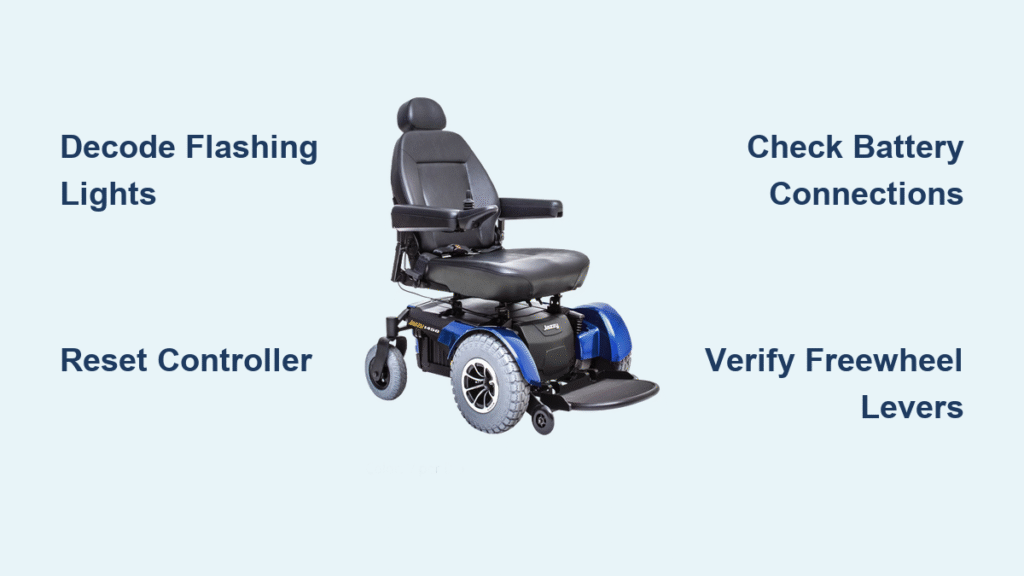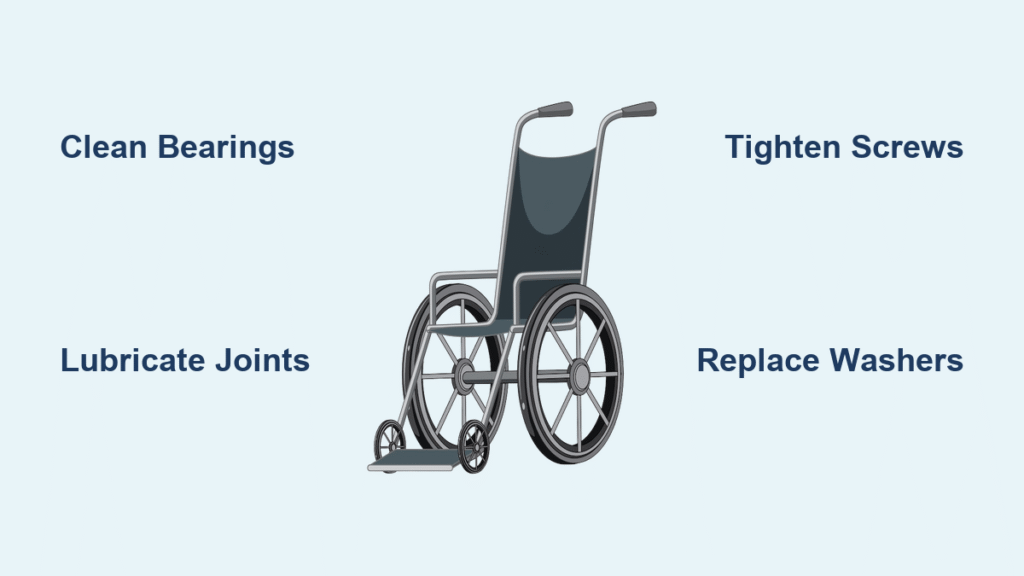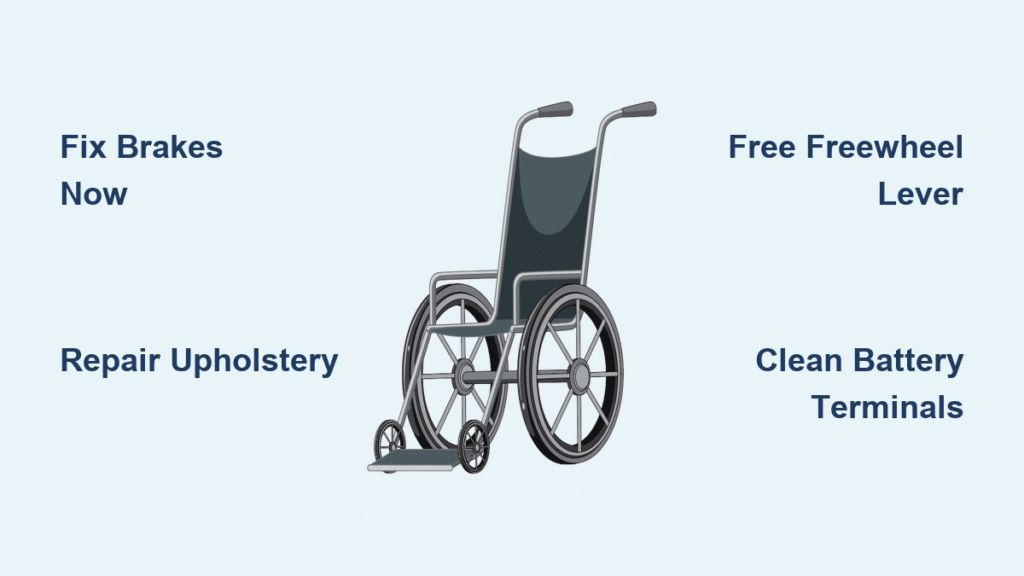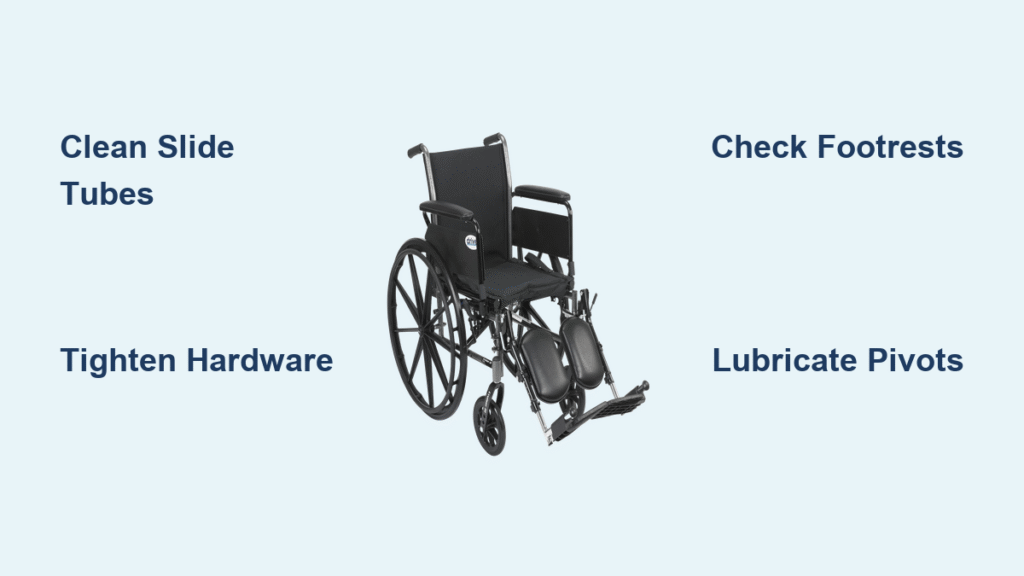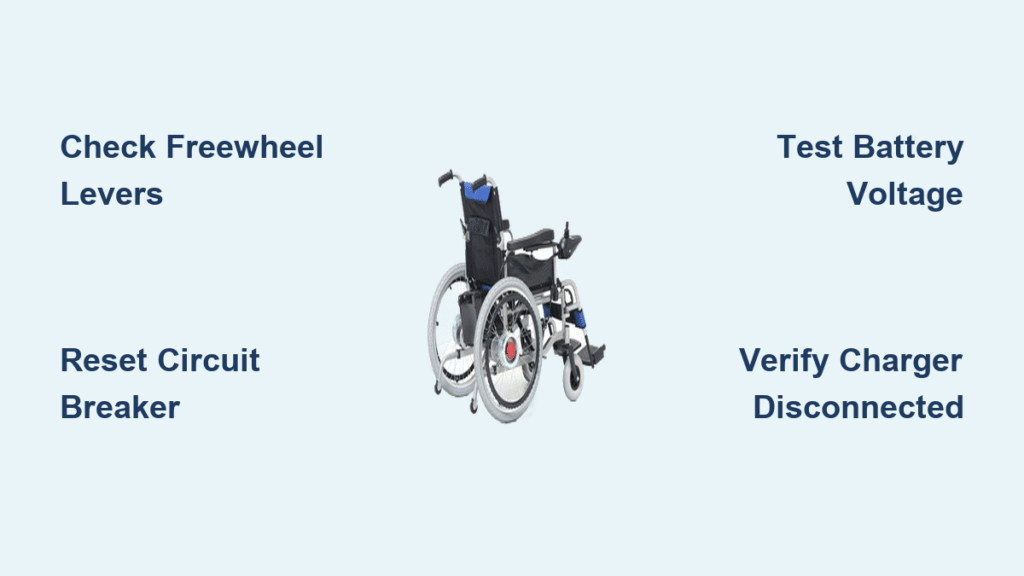Your Jazzy wheelchair’s flashing lights aren’t just an annoyance—they’re your mobility lifeline signaling critical failure. When lights blink erratically on your Jazzy Select GT, you’re instantly stranded without immediate Jazzy wheelchair troubleshooting solutions. The paralysis hits hardest when you’re away from home, groceries in your lap, or rushing to a medical appointment. But here’s the relief: 90% of these light-based emergencies stem from three predictable patterns with fixes you can complete before your coffee gets cold. This guide delivers exact steps to decode those blinking signals, execute precision resets, and restore movement—no technician waiting period required.
Stop guessing why your chair won’t respond. We’ll transform you from frustrated user to confident troubleshooter by focusing exclusively on the light patterns that actually matter. You’ll learn to distinguish between a simple battery reset and a critical motor fault in under 60 seconds. Most importantly, you’ll regain control today—not after days on hold with customer service. Let’s get you moving again.
Decode Your Jazzy’s Flashing Light Language
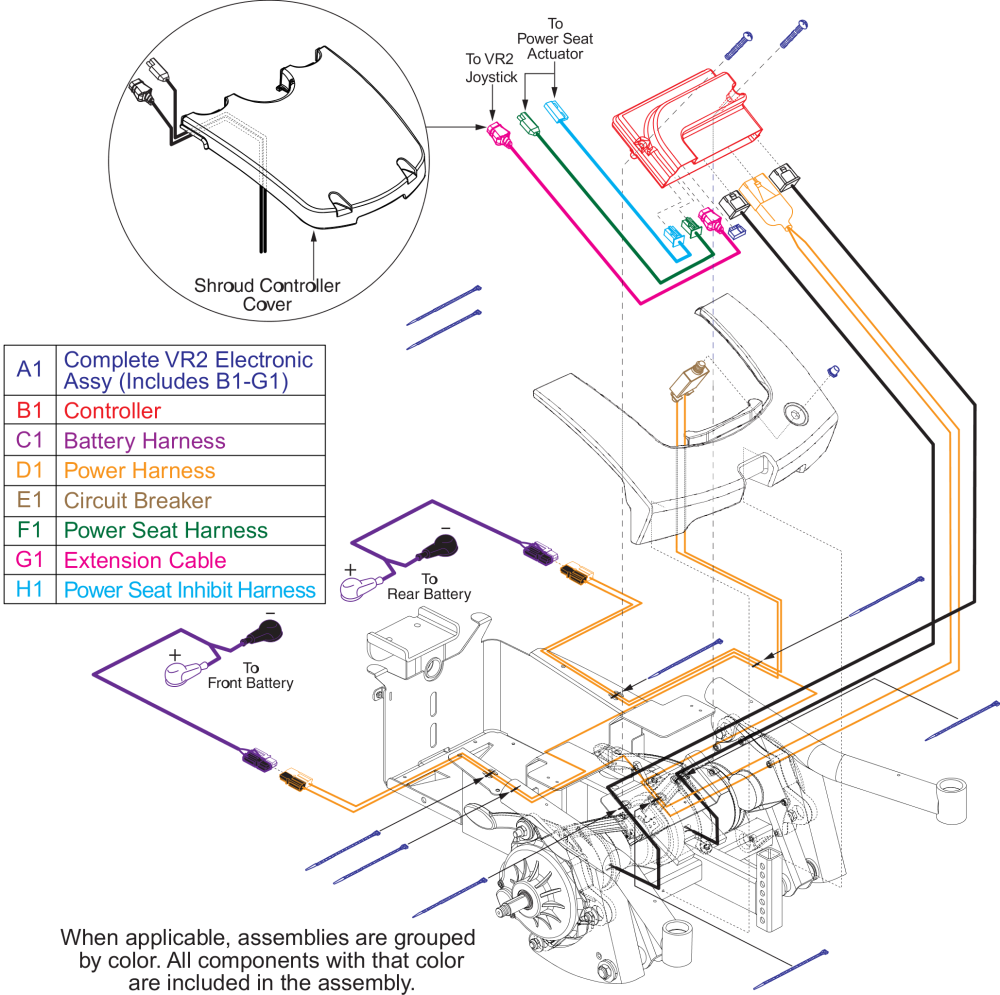
All Lights Blinking: Controller Communication Breakdown
When every indicator on your Jazzy Select GT blinks in unison with zero joystick response, your controller has detected a system-wide communication failure. This isn’t about weak batteries or motor issues—it means the “brain” can’t talk to critical components. Your immediate action: Don’t panic or repeatedly toggle the power switch. This pattern typically stems from a corrupted calibration sequence after power surges or battery disconnections. Jazzy wheelchair troubleshooting for this scenario requires precise reset steps, not parts replacement. Ignoring this pattern risks permanent controller damage from repeated failed start attempts.
Single Light Flashing: Battery Emergency Protocol
That lone blinking light means your battery system has crossed into danger territory. This triggers when voltage drops below 21 volts under load—often after:
– Corroded or loose terminal connections (the #1 cause)
– Batteries exceeding 18-month operational life
– Deep discharges below safe thresholds
– Failed charging cycles
Critical distinction: If your chair moved sluggishly before the light appeared, you likely need new batteries. If it died instantly, check connections first. Never ignore this warning—continued operation risks controller burnout from unstable voltage. Your next move depends on whether you see corrosion (white/green crust) on terminals.
Two Lights Blinking: Left Motor Circuit Failure
Two flashing lights exclusively target your left motor system. This specific Jazzy wheelchair troubleshooting scenario means:
– Wiring harness damage between controller and left motor
– Corrosion on motor terminal connections
– Partially disconnected motor plugs
– Worn motor brushes (less than 1/4 inch)
Visual confirmation: Lift the left wheel off the ground. If it spins freely by hand but won’t engage with joystick input, you’ve confirmed the circuit fault. Don’t assume both motors are affected—the light pattern precisely isolates the problem side, saving diagnostic time.
Execute Precision Controller Resets
Primary Reset Sequence for All-Lights Failure
Follow these exact steps within 90 seconds of power-on for maximum effectiveness:
- Power On: Switch to ON position (all lights flashing)
- Forward Calibration: Push joystick fully forward and hold until you hear one beep (3-5 seconds)
- Reverse Calibration: Pull joystick fully back and hold until second beep sounds
- Neutral Reset: Return joystick to center position
- Verification Test: Attempt slow forward movement
Pro tip: If no beeps occur during calibration, your joystick module has failed—skip to connection checks. This sequence recalibrates the neutral position and clears 70% of controller errors. Never skip the neutral reset step; improper centering causes immediate re-failure.
Battery Reset for Persistent Flashing
When primary reset fails, force a hard controller reboot:
- Power Down: Turn wheelchair OFF completely
- Battery Disconnect: Remove both battery terminals (start with negative)
- Capacitor Drain: Wait exactly 30 seconds (critical for full discharge)
- Reconnect: Secure terminals tightly (positive first)
- Reattempt: Repeat primary reset sequence
Warning: Loose battery connections cause 40% of “dead chair” scenarios. Ensure terminals click firmly into place—you should feel resistance when connecting.
Verify Freewheel Lever Critical Positions
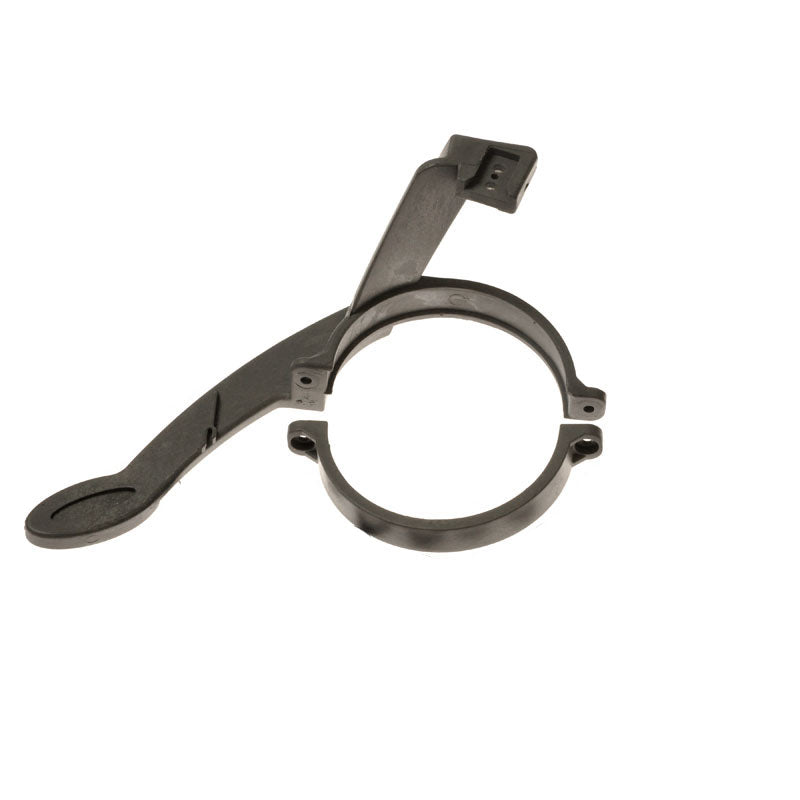
Lever Location and Drive Mode Check
Your Jazzy Select GT’s mobility depends entirely on two small levers flanking the power base. Misdiagnosed lever positions cause 25% of “no movement” calls. To confirm drive mode:
– Correct position: Levers pulled toward wheelchair center (perpendicular to ground)
– Freewheel position: Levers pushed outward toward wheels (parallel to ground)
Quick test: With power OFF, try pushing the chair. If wheels roll freely, levers are incorrectly in freewheel mode. This safety feature disables brakes—never operate on inclines in this state.
Fix Stuck Levers in 60 Seconds
If levers resist movement between positions:
– Apply firm inward pressure while wiggling side-to-side
– Shine light into lever housing to spot debris (leaves, gravel)
– Check brake cables behind levers for disconnection
– Spray electrical contact cleaner into pivot points if corroded
Never force levers—this can snap internal cables. If stuck after cleaning, engage freewheel mode for safe transport to a technician.
Diagnose Battery System Failures
Post-Replacement Battery Protocol
New batteries often trigger false alarms without proper integration:
- Initial Charge: Plug in for 12 hours before first use (even if indicator shows full)
- Terminal Test: Clean with wire brush, apply dielectric grease to prevent corrosion
- Load Validation: Operate chair for 10 minutes while monitoring voltage (must stay >22V)
- Controller Reset: Always perform primary reset sequence after battery changes
Replacement timing: Batteries failing before 12 months indicate chronic undercharging. Replace when runtime drops below 75% of original capacity—e.g., a chair that once lasted 8 miles now dies at 6.
Preventative Battery Maintenance
- Daily: Check charge level before outings (never discharge below 50%)
- Weekly: Inspect terminals for looseness (wiggle test)
- Monthly: Clean terminals with baking soda/water solution
- Before storage: Charge to 80% and disconnect terminals
Inspect Critical Controller Connections
Connection Failure Hotspots
Systematically check these failure points in order:
– Joystick plug: Unseat and reconnect (listen for click)
– Motor harness connectors: Verify locking tabs engaged near controller
– Battery terminals: Ensure no frayed wires at connection points
– Controller housing: Look for water damage around seams
Visual cue: Green corrosion on copper contacts requires immediate cleaning with electrical contact spray. Never use water—it accelerates corrosion.
Connection Cleaning Procedure
- Power down and disconnect batteries
- Unplug one connector at a time (prevents misconnection)
- Spray contact cleaner into socket and plug
- Reconnect with firm pressure until click
- Test functionality before moving to next connection
Test Motor Circuits Like a Pro
Left Motor Fault Verification
For two-light flashing scenarios:
– Resistance test: Multimeter should read 1-3 ohms across motor terminals
– Brush inspection: Remove motor cover to check brush length (<1/4″ needs replacement)
– Bearing check: Spin wheel by hand—grinding noise indicates bearing failure
Critical shortcut: Swap left/right motor connectors at the controller. If lights now blink three times (right motor fault), you’ve confirmed left motor failure.
When to Call Professionals Immediately
Emergency Service Triggers
Stop Jazzy wheelchair troubleshooting and contact Pride Mobility if:
– Lights flash erratically after three reset attempts
– Burning smell or visible smoke from controller
– Wheelchair moves without joystick input
– Physical damage to wiring harnesses
Safety first: Never operate a chair with inconsistent movement—it risks loss of control on slopes. Engage freewheel mode only on level ground with two assistants for transport.
Temporary Mobility Workarounds
While waiting for service:
– Short-distance pushing: Engage freewheel levers and push with two people
– Safe parking: Position on level surface, engage wheel locks, remove key
– Battery preservation: Disconnect terminals to prevent drain
Access Critical Repair Documentation
Manual Troubleshooting Shortcuts
Your owner’s manual contains model-specific solutions like:
– Exact wiring diagrams for your serial number
– Joystick calibration voltage specifications
– Authorized service center locator maps
– Exploded views of lever mechanisms
Pro tip: Search your manual for “flashing light” + your model year—this skips generic sections. No manual? Download PDFs instantly at Pride Mobility’s support portal using your chair’s serial number (found under seat).
Final Jazzy Wheelchair Troubleshooting Checklist
Document every step during your Jazzy wheelchair troubleshooting process:
– Light pattern observed (all/solo/two lights)
– Reset sequence attempts (count and timing)
– Connection points cleaned/reseated
– Voltage readings at key stages
This log cuts professional service time by 50% when repairs are unavoidable. Remember: 80% of “broken” Jazzy chairs simply need connection resets or battery maintenance. Start with the light pattern decoder, execute precise resets, and verify freewheel positions before assuming catastrophic failure. Keep this guide in your chair’s storage compartment—you’ll reference it more than you think. When mobility is on the line, knowledge isn’t just power—it’s your freedom to move.

